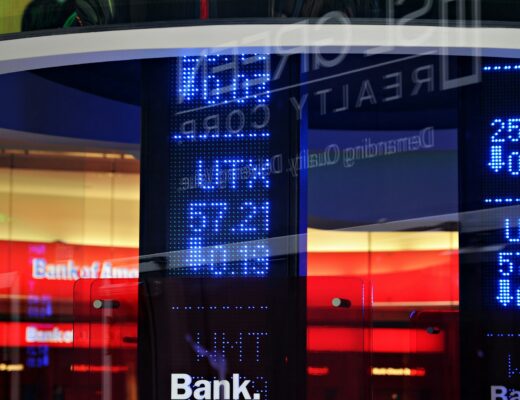Return on ordinary shares and their characteristics
Companies place two types of shares in the stock market – preferred and ordinary or common. Both are profitable investment options, but the latter are the basis of financial assets of joint stock companies. The profitability of ordinary shares is expressed by dividends, the amount of which depends on the net profit of the company.
An ordinary share is a unit of share capital and is one of the most popular types of securities. They are available for trading on stock exchanges and are considered the most interesting assets on the stock market.
If we consider the profitability of these securities in the long term, it is higher than that of other types of securities, due to the increase in the company’s capital. Ordinary shares are classified as equity instruments of low status.
Dividends on ordinary shares may be limited in accordance with the law of the country. For example, in Russia, shareholders may not be paid money for periods that did not generate net profits. In addition, dividend payments may also be absent in the event of an injunction. Therefore, there is no guarantee that the holders of securities will receive their income. Holders of ordinary shares have the right to make decisions at shareholder meetings.

International Financial Reporting Standard IAS 33 sets out a number of rules for this type of securities. Companies that place ordinary shares on the market must provide information about the profit for one paper, which is expressed in the EPS. The EPS is the ratio of total net profit that can be distributed to the number of common shares, which is taken as the average for the reporting period. This index is the main tool to compare the efficiency and investment potential of the company.
Ordinary shares are divided into several categories:
- Blue chips are the securities of successful companies, which are distinguished by high price, regular payment of dividends and sustainable profits.
- Income or high dividend shares are in most cases placed by young firms that are just emerging in the market. They are cheaper than blue chips, and the profitability of the securities is higher. Such companies promise high dividends to their shareholders as soon as the business starts to generate stable profits.
- Growth shares are those securities that will soon show good growth. In this case, the distinguishing characteristic is a high price/profit ratio. However, dividends may not always be paid here. When a company does not allocate funds for business development, the growth stage ends and then no payments are made.
Ordinary shares are perpetual, and their owner can not get back the money he spent on the purchase of securities.










